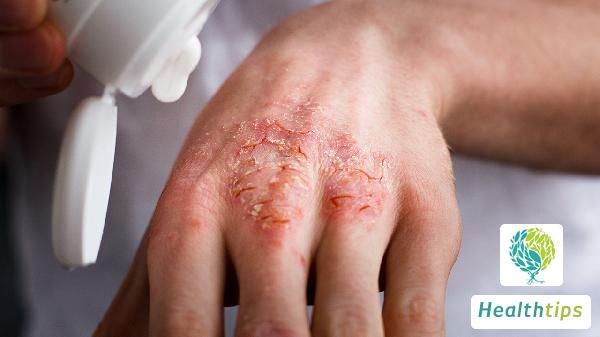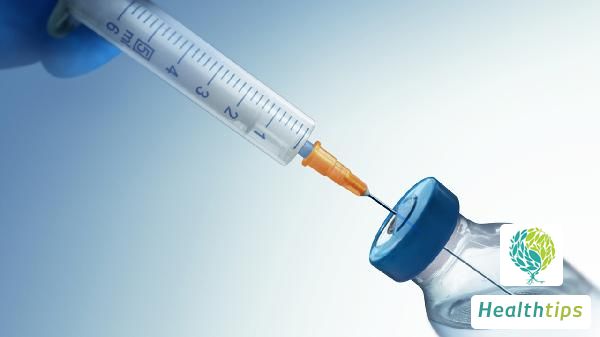How to Correct Crooked Teeth?
Crooked teeth can be corrected through orthodontic treatment, which includes methods such as tooth extraction and the use of functional appliances.

To correct crooked teeth, the first step is to visit the oral department of a regular hospital or the orthodontic department of a large hospital for examination. The doctor will take panoramic radiographs and cephalometric radiographs to understand the specific condition of the teeth, such as whether there are too many teeth, whether there is insufficient bone mass, or whether the eruption of wisdom teeth leads to uneven alignment. Through these examinations, the doctor can develop the most suitable treatment plan for you.
If the number of teeth exceeds the space available in the jawbone, simply put, when the tooth volume is greater than the bone volume, some teeth with less function may need to be extracted. In this case, the doctor will choose teeth that have less impact on chewing function to be removed to make space for other teeth to align. This method is usually applicable to cases of tooth crowding.
For some children or adolescents whose jawbones have not fully developed, functional appliances can be used to promote jawbone development. This type of appliance can help the jawbone develop better during growth, thereby providing enough space for all teeth. After the jawbone has fully developed, orthodontic methods are used to align the teeth. This method not only corrects crooked teeth but also improves facial contours.
The eruption of wisdom teeth is a common cause of tooth misalignment. Wisdom teeth often push forward other teeth, causing displacement of front teeth and other positions. In this case, the doctor usually recommends extracting the wisdom teeth first and then aligning the displaced teeth through orthodontic methods. Managing wisdom teeth not only solves the problem of crooked teeth but also prevents potential future tooth pain and infection.
Advancements in modern technology have made invisible orthodontic appliances a popular choice. Invisible orthodontic appliances are not only aesthetically pleasing and difficult to detect but also comfortable to wear and convenient for daily life. They are suitable for mild to moderate tooth misalignment. Invisible orthodontic appliances need to be replaced regularly and adjusted according to tooth movement to achieve the final correction effect.
Traditional fixed orthodontic appliances, commonly known as "metal braces," are also very effective correction methods. By installing fixed appliances on the teeth and gradually applying pressure, the teeth are slowly moved to the correct positions. This method is applicable to various complex tooth misalignment cases, with significant results but requiring longer wear and regular adjustments.
Regardless of the orthodontic method used, retainers need to be worn after the completion of correction. Retainers help stabilize the teeth in their new positions and prevent rebound. The wearing time and method of retainers vary according to individual circumstances, and the doctor will provide specific recommendations.
Through these methods, the problem of crooked teeth can be effectively addressed. Each person's situation is different, and the most suitable correction method will vary. Seeking medical attention promptly and following the doctor's advice are key to ensuring the correction effect. We hope this article can be helpful to you and help you achieve a set of aligned and healthy teeth!



















